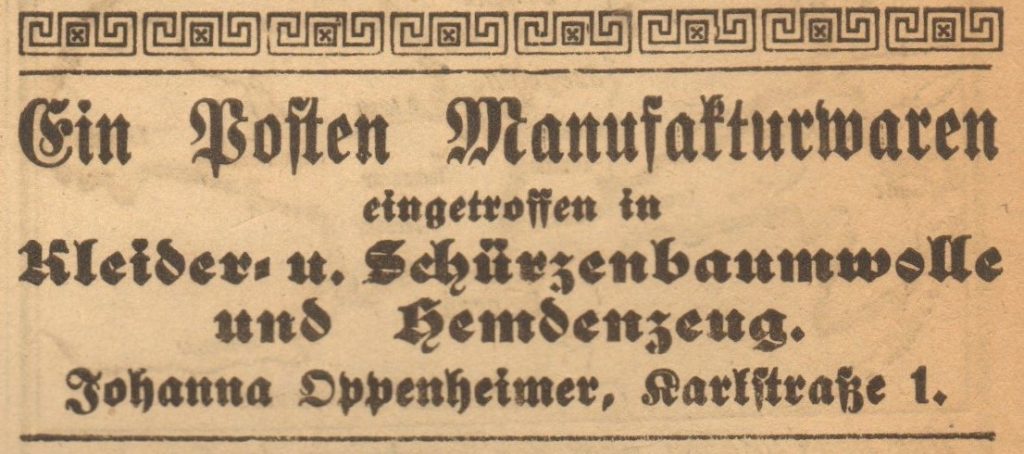JFL_05
Jewish life existed long before Christian centuries and was early characterized by migration and exile, when the 12 sons of Jacob, later called Yisrael, first went to Egypt, were enslaved there and under Moses’ leadership managed to escape from Egypt.
According to tradition, the “Babylonian Captivity” to Mesopotamian Babylon (today Iraq) followed 400 years later. Further migrations subsequently led to the so-called Diaspora (Greek), the geographical dispersion of the Jewish people in the Mediterranean region and in Asia: first after the conquests of Alexander the Great and then after the transformation of Judea into a Roman province in the 1st century AD, when Roman troops under Titus destroyed Jerusalem and the Temple in 70 AD.
This event was a deep cut in Jewish history and found its way into the collective memory of mankind until later times.
The conquest of Jerusalem and the resulting disintegration of the Jewish people in Palestine led to an even greater emigration to various regions of the world at that time, with repercussions up to our time. Thus, from then on, this diaspora was to run like a thread through the history of Jewish life in families and communities across all provinces of the Roman Empire, but also to Persia, Mesopotamia (today’s Iraq) and Egypt. This was especially true after the collapse of the Roman Empire with the abdication of the last emperor During the great migrations that followed, new power structures of European proportions arose in the early medieval kingdom and empire of Charlemagne, with corresponding opportunities for exchange.
It can be assumed that the resumption of ancient traditions (“Carolingian Renaissance”) promoted by Charlemagne included, for example, works of Mediterranean physicians such as Hippocrates and Galen, but also works of Arab and Jewish physicians in medicine and pharmacy.
Captions
Fig. 1: Relief of a menorah on the triumphal arch erected for Titus in Rome (Source: Wall relief sur arc de Titus illustrant la menorah du Temple de Jérusalem prise en l’an 70, Hanna Kim, via alamyimages.fr)
Fig. 2: Colored woodcut of a stylized city of Jerusalem with fictitious fire sites in the 1493 World Chronicle by Nuremberg physician and humanist Hartmann Schedel (Source: Woodcut of the destruction of Jerusalem by the Chaldeans from Schedel’s World Chronicle, sheet 63v/64r, public domain, Wikipedia Commons).
Fig. 3: The Roman Empire in its geographical dimensions in antiquity and late antiquity (Source: Empire romain en + 150, ColdEel, Wikimedia Commons).

